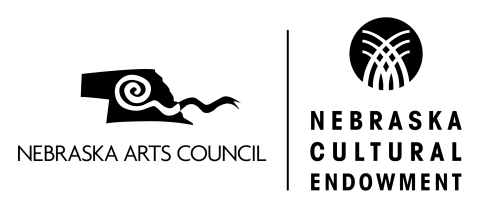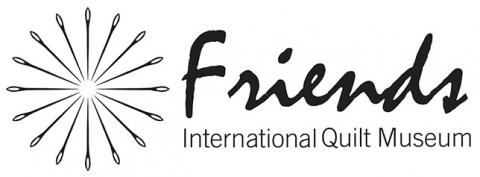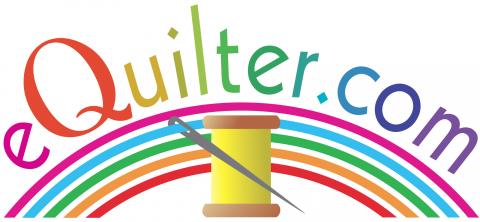Peacock Whole Cloth
Peacock Whole Cloth
Probably made in Indiana
Circa 1920-1930
2016.058.0001
In the early 20th century, many American women turned their attention toward decorating their bedrooms. While following Colonial Revival trends of the time, they also looked to European fashion for inspiration.
“As Europeans embraced modern art ideas, including an interest in boudoir effects, American women responded to these fashionable changes. They incorporated numerous French fashion influences into quilts made in the early twentieth century. Women did use antique quilts and they reproduced traditional designs. . . . They made or purchased large numbers of silk or rayon quilts, puffs, or comforts, and a variety of cushions, felt to be [especially] appropriate for a lady’s boudoir.”
- “Quilts for Milady’s Boudoir” by Virginia Gunn in Uncoverings Vol. 10, 1989 (pages 81-101)
Family information for this quilt states it was made by the donor’s grandmother, Louise Hoppe Reusch. However, the quilt has all of the elements of a Wilkinson Sisters quilt—cotton sateen fabric, a two-sided design, clamshell hand quilting and a scallop border.
The Wilkinson Sisters—Iona and Rosalie Wilkinson—were successful business women based in Ligonier, Indiana, from 1908 until 1940. They are an example of a successful cottage industry that capitalized on decorating homes with quilts.
“We are proud of our product. The constant increase in the number of our patrons proves to us that we serve them well and that our Quilts are fast becoming objects of pride in better homes the country over. In Wilkinson Art Quilts we offer beauty and utility, quilts that withstand constant usage for a perennial source of pleasure and comfort.”
- Undated Wilkinson Art Quilt pamphlet (Quilt Index)
The Peacock pattern featured in this quilt appeared for the first time in their 1920 catalog.
Family information is always important. We have learned that information can easily be mistaken or incorrect. It is vital for makers to document their quilts while they are made. We suggest attaching a label containing the pattern name, maker, location, date, and any information on why and how the quilt was made.
















